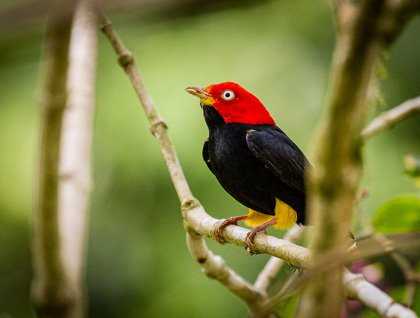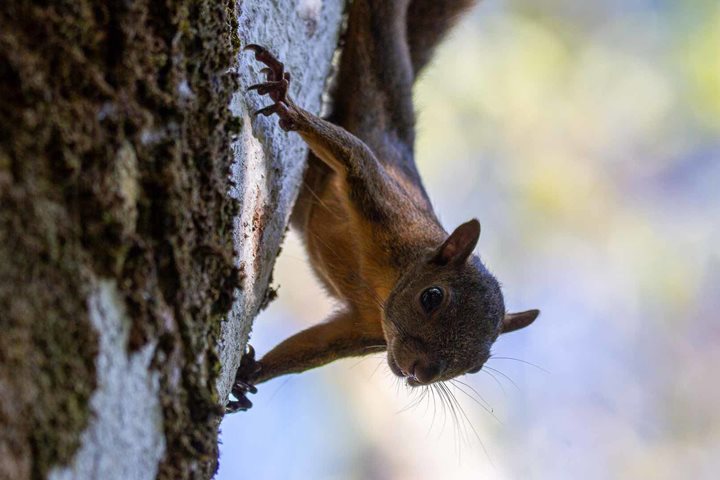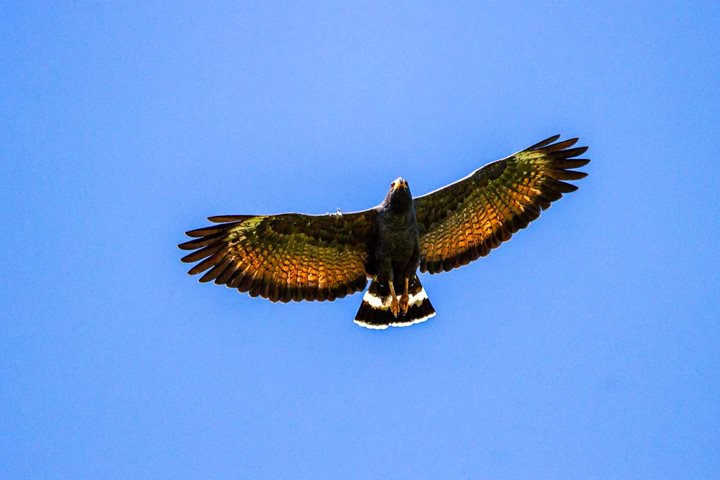The long navigation from Panamanian waters into Costa Rica was as calm as sailing through a lake. National Geographic Sea Lion felt like cutting soft butter with a knife as we made or entrance into our port of call, Golfito, for customs, water, and other errands. Golfito (the town) means “small gulf” because it is actually within a very large Gulf, Golfo Dulce, a masterpiece of the tectonical forces, which sunk the center area of this oceanic crust to an average depth of 700 ft. These enclosed waters, the lush surrounding forest, and the deepness of this gulf makes it a unique arrange of marine and land ecosystems, and therefore our day is pack with all kind of activities, in order to explore the area as much as possible. After all formalities and stamped passports were done, we were officially welcome in the country and new adventures awaited us.
Dock off from Golfito, short navigation ahead, calm blue oceans, and lush green forest with patches of yellow flower trees were the scenery for our morning outing. A wonderful manicured garden here is owned by Ron and Trudy Mac Allister, who have lived in Costa Rica for over 35 years after they left the USA. The garden was not just a treat for plant lovers, but also anyone who had a crush on tropical birds had their infatuation fulfilled. As the expedition landing crafts arrived at the garden a naturalist pointed out a tree where six black mandible toucans were perched, swaying their heads from side to side as they sang loudly. As the attention was on these birds, a couple of scarlet macaws, another quintessential neotropical bird, flew by to perch on a nearby palm were they were more photographed than any other flower in the garden. Macaws are just large parrots which play an important role of seed predators by feeding upon the endosperm of seed, or the inside chew center of fruits. On the other hand, the small colorful birds like manakins are very important seed dispersers.
After all these beautiful array of colors, either on flowers or on birds, we all went back on board, in order to reach our afternoon destination, Rio Tigre. Either on expedition landing crafts or kayaks, we had great sightings of herons, sloths, macaws, and roseate spoonbills. But the cherry on the cake was finding the smallest monkey species in Costa Rica—the Central American squirrel monkey, a tiny primate with a bushy tail. As agile and curious as a two-year-old child, it was jumping, swinging, and munching on everything. It was such an amazing sighting that the naturalist were the ones taking lots of pictures, because we know how hard it is to find this species, due to its restricted geographical range. So for the first day in Costa Rica, it could not have been better! Colorful birds, sloths, monkeys, flowers, and a lush forest. I can’t wait for tomorrow.









